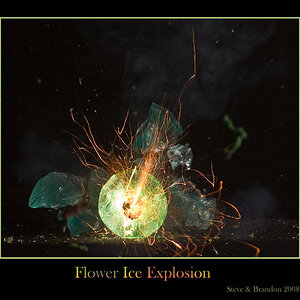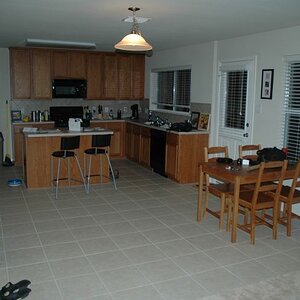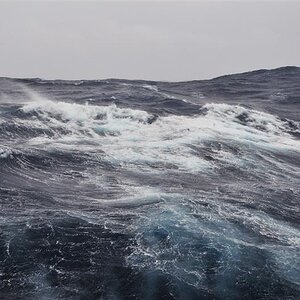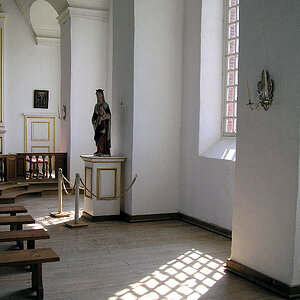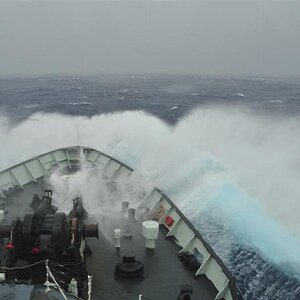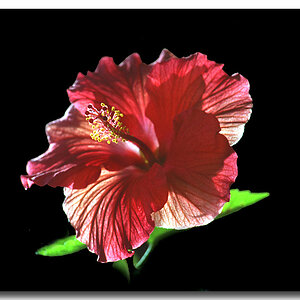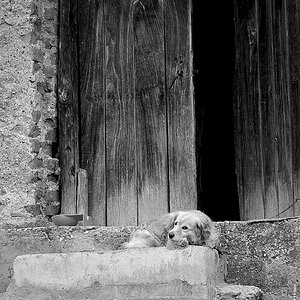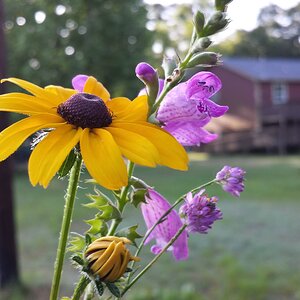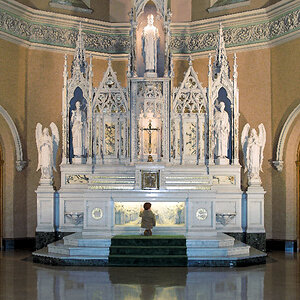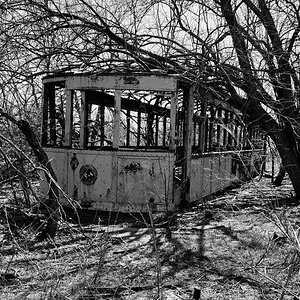W.Y.Photo
No longer a newbie, moving up!
- Joined
- Aug 10, 2014
- Messages
- 874
- Reaction score
- 203
- Location
- Harlem, NY
- Can others edit my Photos
- Photos NOT OK to edit
Well I hope that you can understand why this misunderstanding occurred as people on internet forums are constantly expecting trolls to show up and sow discord. If so I think you could learn a lot about your questions by spending some time on here and learning about what it really is to be a photographer.
You can click on an administrator or mod's name and then click "start a conversation" to PM them about deleting it if you'd like
You can click on an administrator or mod's name and then click "start a conversation" to PM them about deleting it if you'd like



